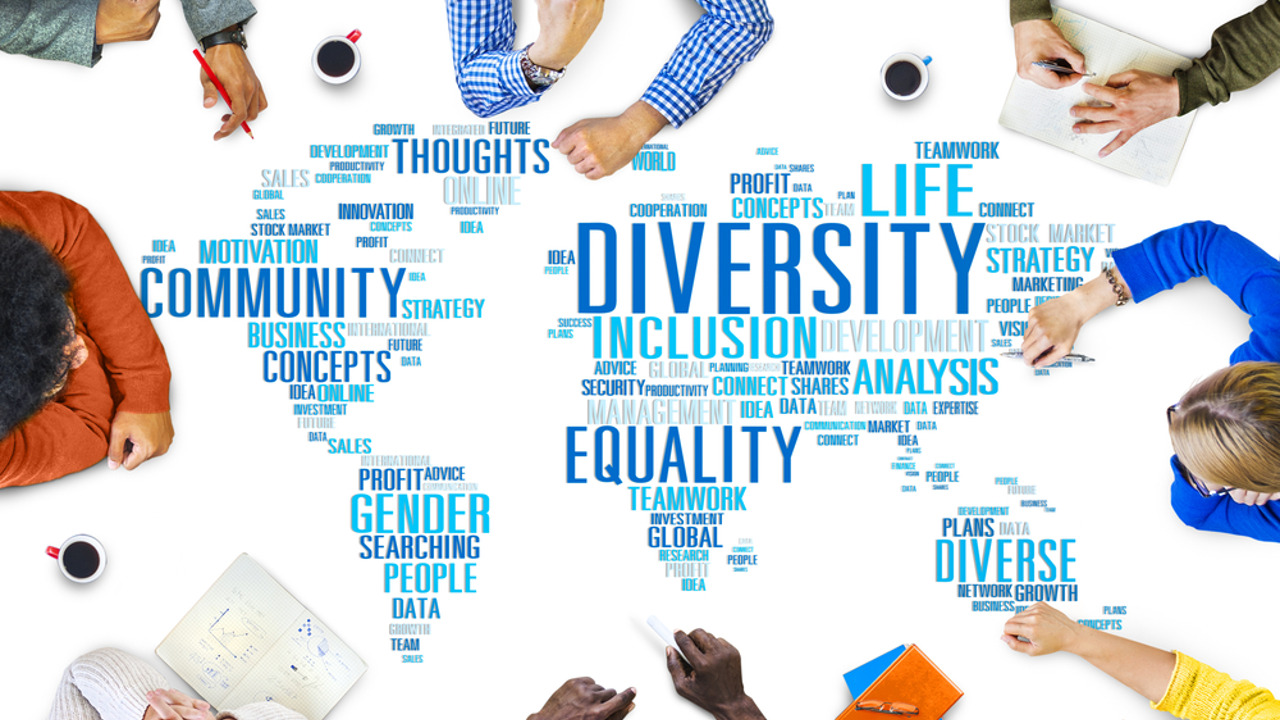Events
Global Inclusion Online Forum (GIOF) Founder Speaks on ‘Why Global Diversity Goes Wrong’

The concept of global diversity has become increasingly popular in recent years, as companies strive to create a more inclusive and equitable workplace. However, while global diversity is a noble goal, it doesn’t always work out as planned. In many cases, global diversity can work against the goals of a company and lead to a variety of problems.
One of the biggest issues with global diversity is that it can lead to cultural clashes. Different cultures come with their own set of values and beliefs, which can be difficult to reconcile in a global workplace.
Hence, companies need to be aware of these differences and work to bridge them to create an environment where everyone feels comfortable and respected.
In an interview with Kimani Patrick, the CEO & Founder Kenyan Enterprise magazine, Mr. Konstyantyn Founder of Global Inclusion Online Forum, highlighted possible gaps that contribute to the failure of most global diversity initiatives.
The first common pitfall he said, is succumbing to the pressure imposed by equal representation advocates regarding race and gender equality.
This often leads to the creation of diversity policies and initiatives developed to appear favorable to the public, rather than to better suit the particular needs of the organization.
In this regard, companies often hire people based on race and gender identity to meet the public’s expectation of diversity, especially in positions of authority.
”These quotas can have a detrimental effect on diversity and inclusion in the workplace, providing an opportunity for slightly unqualified minority employees to join the organization based on their race, gender, or age, but ultimately putting them at a disadvantage compared to their more qualified majority counterparts.”
Mr. Konstyantyn also explained the misunderstanding between equal opportunity and equal representation. More often than not people confuse equal representation with equal opportunity.
While equal opportunity refers to the principle of providing equal access to resources and opportunities regardless of race, gender, age, or other predetermined conditions or circumstances. Equal representation on the other hand shows the representation of races and gender shared in the workplace.
The initiatives developed and implemented in most organizations tend to favor equal representation which shows the representation of races and gender shared in the workplace.
As a result, these initiatives fail since they do not allow people to realize their full potential compared to developing policies that promote equal opportunities, which support people’s choices despite their gender or race.
To eliminate these gaps, the communications professional shares insights that have been developed and since successfully implemented at CFC Big Ideas in the pursuit of promoting global diversity.
One is addressing the issue of promotion. At CFC Big Ideas, they have developed quantified indicators that include performance reviews, bonuses, etc. These act as a formula to guide the promotions and salary raises which are tracked by quarterly performance reviews.
Second on his list was blind hiring, an initiative that had been successfully implemented to bridge the diversity gap. This is a process used to block out a candidate’s personal information that could influence or bias a hiring decision.
Ultimately, this ensures that the organization hires qualified individuals, with the skills to deliver as expected, with no discrimination whatsoever.
As he concluded, he emphasized the need for organizations to create initiatives that are workable and favorable to both the workforce and the organization at large.
This way, it will create a favorable environment to implement and make improvements as opposed to having diversion and inclusion policies just for show.







